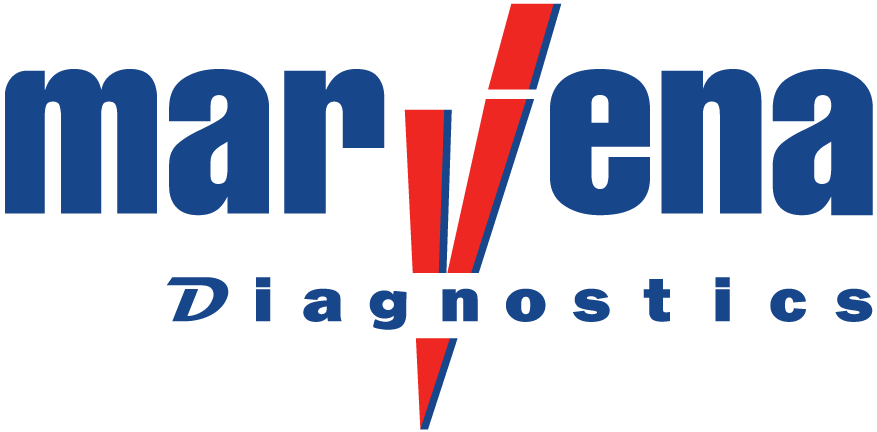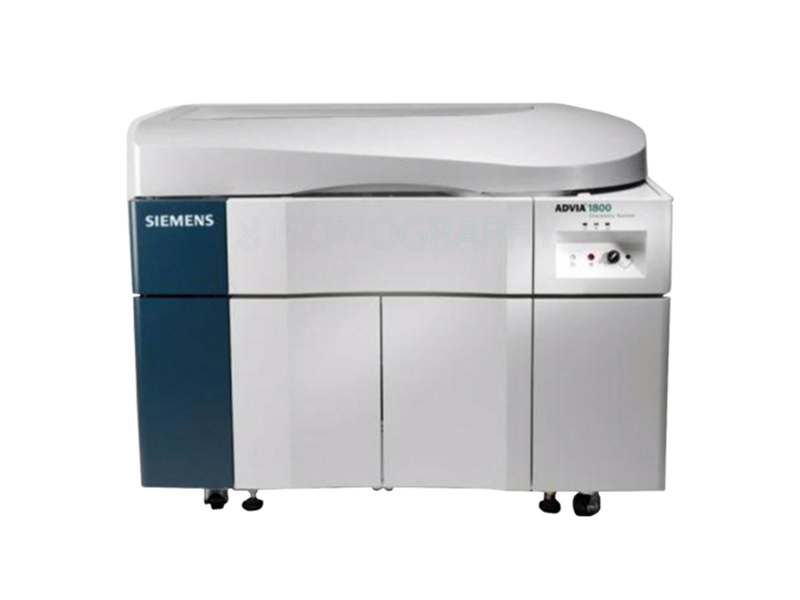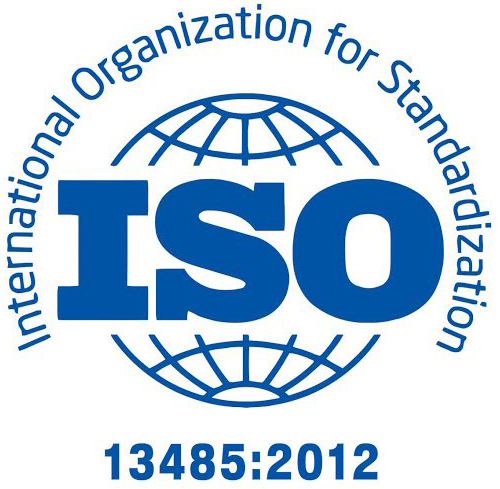Home » Products » Clinical Chemistry Analyzers » ADVIA 1800 Chemistry System
ADVIA 1800 Chemistry System
Pushing the limit of productivity
The ADVIA® 1800 Clinical Chemistry System pushes the limit of productivity. Its extensive menu allows integration of testing for clinical chemistry, drugs-of-abuse, therapeutic drug monitoring (TDM) and specific proteins such as cystatin C and CardioPhase® hsCRP. The ADVIA 1800 Clinical Chemistry System offers:
- Throughput of up to 1,800 tests per hour to keep pace with workload peaks
- 200 basic metabolic panels per hour to meet turnaround-time demands
- Large onboard reagent capacity and optional concentrated reagents to reduce interruptions
- Optimal standardization of reagents and systems for efficient consumable usage
- Refrigerated onboard storage of controls and reagents for extended stability and increased productivity
- Automation-ready design: no additional hardware required
The ADVIA 1800® Clinical Chemistry System pushes the limit of productivity in the core lab and meets the turnaround-time (TAT) goals of today’s laboratories. Its extensive menu allows integration of general clinical chemistry testing with testing for drugs-of-abuse, TDM, special chemistry, and specific proteins such as cystatin C and CardioPhase® hsCRP.
Automation-ready design
- Point-in-space aspiration enables connectivity to a track, VersaCell® System.
- Redundant sample loading provides built-in backup and easy handling of non-routine samples.
- Direct sampling from track prevents tubes being detained at an analyzer and reduces aliquoting.
Peak productivity
- Throughput of up to 1,800 tests per hour provides the speed to keep pace with workload peaks.
- Throughput of 200 basic metabolic panels per hour helps to meet turnaround-time demands.
- Automatic Sample Retain technology lets you perform reruns and dilutions without the need to retrieve primary tubes.
- Consolidate chemistry testing on one system with a comprehensive menu, consistent cycle times, speed, and open application capability.
Total system reliability
- Minimal-maintenance ISEs
- Robust hardware and simplified software design, with automatic calibration validation and tracking
- Advances in reagent onboard stability, calibration frequency, interference reduction and assay linearity expansion
- Direct water connection
- Remote diagnostics and Inter-Laboratory Quality Control (ILQC) options
Easy efficiency
- Large onboard reagent capacity and optional concentrated reagents reduce interruptions.
- High-resolution touchscreen delivers push-button operation.
- Reagent pause capability and onboard Sample Pause button make loading easy.
- Minimal maintenance requirements, including no-maintenance oil bath, reduce hands-on time.
- Sample integrity checking, include serum indices reporting, short-sample flagging, and clot detection, reducing the need for manual intervention.
Diabetes
Hemoglobin A1c (Enzymatic)
Drugs of Abuse/Toxicology
Acetaminophen
Amphetamines
Barbiturates
Barbiturates, Serum
Benzodiazepines
Benzodiazepines, Serum
Buprenorphine
Cannabinoids (THC)
Cocaine Metabolite
Ecstasy
EDDP
Ethyl Alcohol
Ethyl Glucuronide (EtG)
Fentanyl
Methadone
Opiates
Oxycodone
Phencyclidine
Propoxyphene
Salicylate
Tramadol
Tricyclic Antidepressants
General Chemistry
Alanine Aminotransferase (P5P)
Albumin (BCG)
Albumin (BCP)
Alkaline Phosphatase
Ammonia
Amylase
Aspartate Aminotransferase
Aspartate Aminotransferase (P5P)
Bilirubin, Direct
Bilirubin, Total
Calcium (Arsenazo)
Calcium (CPC)
Carbon Dioxide (Enzymatic)
Chloride
Cholesterol
Cholinesterase
Creatine Kinase
Creatinine
Creatinine (Enzymatic)
Gamma-Glutamyltransferase (GGT)
Glucose (Hexokinase)
Glucose (Oxidase)
HDL Cholesterol
Iron
Lactate
Lactate Dehydrogenase (L-P)
Lactate Dehydrogenase (P-L)
LDL Cholesterol
Lipase
Magnesium
Microalbumin
Pancreatic Amylase
Phosphorus
Potassium
Sodium
Total Iron Binding Capacity (TIBC)
Total Protein
Total Protein, CSF/Urine
Triglycerides
Urea Nitrogen (BUN)
Uric Acid
Specific Proteins
α1-Acid Glycoprotein
α1-Antitrypsin
Antistreptolysin O
Apolipoprotein A1
Apolipoprotein B
β-2 Microglobulin
Complement C3
Complement C4
CRP
CRP, High Sensitivity
CRP, Wide Range
Cystatin C
Ferritin
Haptoglobin
Immunoglobulin A
Immunoglobulin G
Immunoglobulin M
Lipoprotein(a)
Prealbumin
Rheumatoid Factor
Soluble Transferrin Receptor (sTfR)
Transferrin
Therapeutic Drug Monitoring
Digoxin
Gentamicin
Lamotrigine
Levetiracetam
Lithium
Methotrexate
Phenobarbital
Phenytoin
Theophylline
Tobramycin
Valproic Acid
Vancomycin
Validity Testing
Nitrite
Oxidant
pH
Specific Gravity
Overview
Type of System
Random, continuous access, batch, discrete processing
Throughput Rate
Up to 1800 tests/hour: 1200 tests/hour colorimetric, 600 tests/hour ISE
Onboard Assay Capacity
55, including 3 ISE
Sample Handling
Sample Tubes
5 mL, 7 mL, 10 mL tubes, 2 mL sample cups
Sample Tray
84 samples, positive sample identification
Sample Integrity Check
Qualitative check for hemolysis, lipemia, and icterus
STAT Sample Loading
84, not dedicated
Bar Codes
Interleaved 2 of 5, Code 39, Code 128, Codabar (NW7)
Auto-repeat
Automatic repeat testing from the retained prediluted sample or original sample
Auto-dilution
Automatic dilution from retained prediluted sample
Auto-reflex Testing
Automatic ability to perform three additional tests based on results of first test
Primary Probe
Liquid-level sensing, crash protection, clot/clog detection, short-sample detection
Microvolume Technology
Automatic Sample Predilution
Samples diluted 1:5 (30 μL sample + 120 μL saline generates up to 15 tests), retained for auto-repeat until results are available
Predilution Tray
120 dilution cuvettes
Original Sample Volume
2-30 μL; average of 2-3 μL per test
Average Reagent Volume
80-120 μL per test
Onboard Storage Capacity
25,200 tests average; usage of concentrated reagents increases maximum capacity
Reaction Area
Reaction Tray
221 reusable plastic cuvettes
Cuvette Optical Path Length
10 mm
Reaction Bath
Inert fluorocarbon oil circulation system, 37°C
Photometer
14 fixed wavelengths (340, 410, 451, 478, 505, 545, 571, 596, 658, 694, 751, 805, 845, and 884 nm)
Light Source
12 V, 50 W halogen lamp, cooled by forced water circulation
Assay Methods
Endpoint, rate reaction, 2-point rate, multipoint homogeneous immunoassay
Reaction Times
3, 4, 5, 10, 15, and 21 minutes
Automatic Correction
Serum blank, cell blank, measurement point change, sample volume change in reassay
Point Forwarding
Automatically extends linearity over assay range samples
Reagent Handling
Reagent Tray
2 trays, 56 positions each, refrigerated
Reagent Capacity Onboard
52 colorimetric methods
Dispensing System
Two probes with Liquid Level Sensing and Liquid Surface Verification
Reagent Wedges
20, 40, 70 mL bar-code-labeled wedges
Reagent Inventory Management
Tracks tests remaining, lot number, onboard stability, and expiration date
Reagent Dilutions
Capability to dilute concentrated reagents onboard
Open System Capability
Channels
200 channels, includes user-defined applications
3rd Party Applications
Varies by country, can be configured on system
ISE
ISE
Indirect simultaneous measurement of Na+, K+, Cl –
Sample Volume
22 μL for all three tests
Priming
Automatic priming cycle
Electrode Shelf Life
30,000 samples or 3 months
Throughput Rate
600 tests/hour; 200 tubes/hour
Calibration/QC
Calibration Interval
Up to 60 days, tracked by software
Auto-calibration/Auto-QC
User-defined time interval or with new reagent container
View Calibration/QC Data
Graphical display of calibration curves and QC; Siemens Remote Services QC monitoring
Calibration/Control Tray
61 refrigerated positions for calibrators, controls, and diluents
Data Management
Operating Computer
WINDOWS XP, 1 GB RAM, 19-inch touchscreen monitor
System Documentation
Operator manual and assay sheets online
Host Interface
RS 232C bidirectional
Data Storage
70,000 patient tests
Onboard Maintenance Logs
Schedule and monitor routine maintenance activities via software
Host Query
ASCII; system requests work order or batch of work orders from host
General Specifications
Power Requirements
200/220/230/240 V ± 10%, 20 A, 50/60 Hz, 3 KVA
Water Requirements
Deionized water from pressurized water (10-30 psi/169-207 KPa) Average consumption: 30 liters per hour
Drain Requirements
Minimum of 40 liters per hour
Dimensions
44.6 (h) x 58.3 (w) x 34.5 (d) in, 113.3 (h) x 148.0 (w) x 87.6 (d) cm
Weight
1,323 lb (600 kg)
Compliance
UL, cUL, CE
Noise Specifications
Less than 70 db with cover open
Average Heat Output
4,299 BTU/hour @ 50 Hz, 3,023 BTU/hour @ 60 Hz
Operating Temperature Range
18°-30°C/64°-86°F
Ambient Humidity
40-70%
Why Choose Us
We believe that success is achieved with professionalism, integrity and perfect teamwork, built on the high moral values of our employees.
Our policy is based on impeccable planning, control and execution, through which we achieve maximum satisfaction of our customers.
Professional
customer service
A wide range of laboratory analyzers
Trained and experienced specialists
Certificate
ISO 13485:2012



